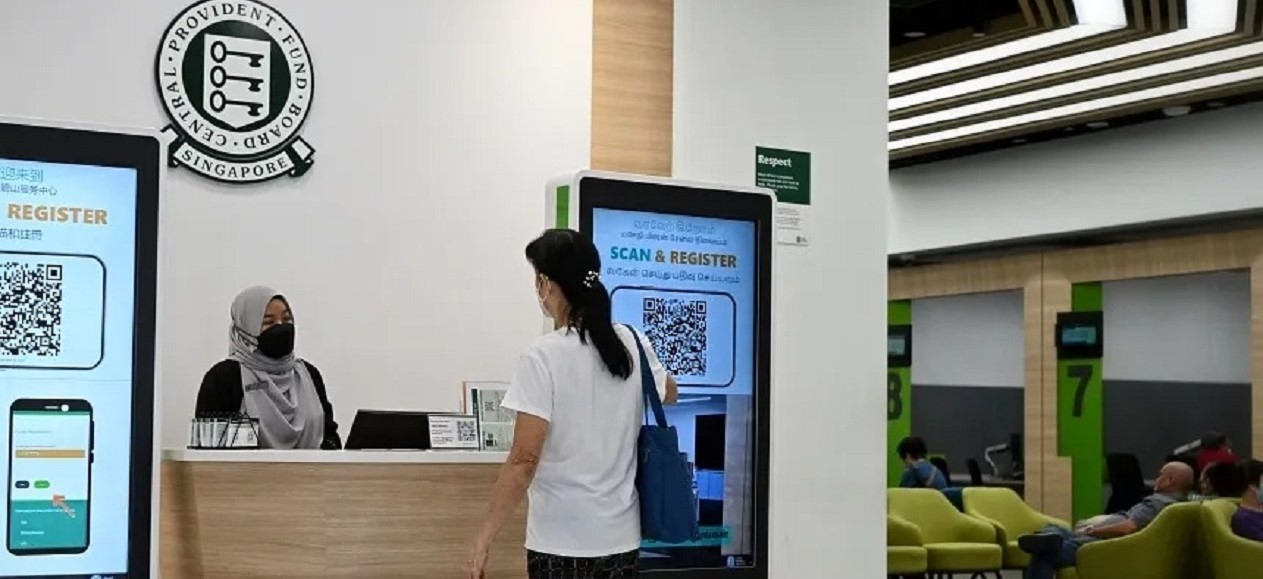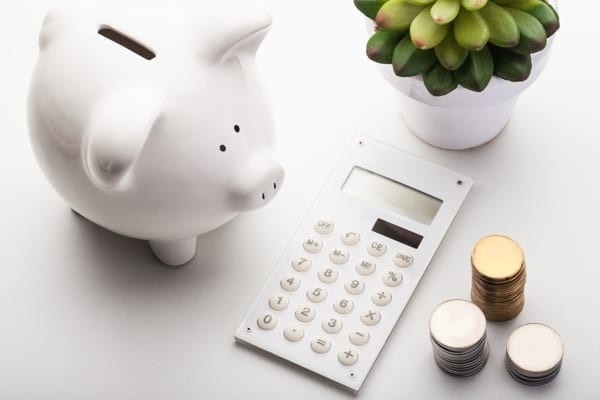Voluntary CPF Top-ups Strategy: Maximising Tax Relief While Building Retirement Wealth
The Central Provident Fund (CPF) system in Singapore is a cornerstone of the nation’s social security framework. Established in 1955, it serves as a comprehensive savings and pension plan for working Singaporeans and permanent residents.
One of the lesser-known yet powerful features of the CPF system is the option for voluntary top-ups. These contributions not only enhance your retirement savings but also provide significant tax relief.
In this article, we will explore how voluntary CPF top-ups can be a strategic tool for Singaporeans and Permanent Residents, allowing them to maximise tax benefits while building a robust retirement nest egg.

Understanding Voluntary CPF Top-ups
What are Voluntary Contributions?
Voluntary contributions to the CPF can be classified into several types:
- Cash top-ups to Special Account (SA): For individuals below 55 years old, cash can be contributed to the Special Account, which earns a higher interest rate.
- Cash top-ups to Retirement Account (RA): For those aged 55 and above, contributions can be made directly to the Retirement Account.
- MediSave top-ups: Individuals can also make contributions to their MediSave Accounts.
These voluntary contributions are crucial as they supplement the mandatory monthly contributions already being made.
Contribution Limits
Each year, there are specific limits on how much you can contribute:
- The annual contribution limit for cash top-ups to your SA or RA is capped at SGD 8,000 for your own account and SGD 8,000 for family members’ accounts.
- For MediSave Accounts, the maximum allowable contribution is the difference between the CPF Annual Limit of SGD 37,740 and any mandatory contributions made that year.
Eligibility Criteria
To make voluntary top-ups, you must be a Singapore Citizen or Permanent Resident. There are no age restrictions; anyone eligible can contribute at any time.

Maximising Tax Relief
How Tax Relief Works
Voluntary CPF top-ups come with attractive tax relief benefits. When you make cash top-ups to your Special or Retirement Accounts, you can claim tax relief on these amounts.
This means that your taxable income is reduced by the amount you contribute.
Amount of Tax Relief Available
The maximum tax relief available under this scheme is SGD 14,000 per year. This includes:
- Up to SGD 8,000 for topping up your own SA or RA.
- Up to SGD 8,000 for topping up family members’ accounts.
This dual benefit makes voluntary top-ups an appealing option for many individuals looking to reduce their taxable income while saving for retirement.
Who Benefits Most from Tax Relief?
Individuals in higher income tax brackets stand to benefit significantly from these tax reliefs. For example, if you are in the 15% tax bracket and contribute SGD 8,000 to your SA, you could save SGD 1,200 in taxes.
Example Scenarios
Consider two individuals:
- Mr Tan, earning SGD 40,000 annually:
- He tops up SGD 5,000 to his SA.
- His taxable income is reduced to SGD 35,000.
- Ms Lim, earning SGD 100,000 annually:
- She tops up SGD 8,000 to her SA.
- Her taxable income reduces to SGD 92,000.
Both benefit from reduced tax liabilities due to their contributions.
Building Retirement Wealth
Compounding Interest
One of the most compelling reasons to consider voluntary CPF top-ups is the power of compounding interest.
The CPF system offers attractive interest rates—up to 5% per annum on Special Accounts and even higher on Retirement Accounts.
For instance:
- If Mr Tan tops up SGD 8,000 today and leaves it untouched for 30 years at an average interest rate of 4%, he could potentially grow his savings to approximately SGD 25, 947 by retirement.
Higher Retirement Payouts
Making timely top-ups translates into higher monthly payouts under CPF LIFE upon reaching retirement age. The more you contribute now, the more substantial your retirement income will be later.
Boosting Retirement Savings
Voluntary top-ups accelerate the growth of your retirement savings significantly. They provide an immediate impact on your long-term financial health by ensuring that your funds are working harder for you over time.
Strategic Considerations for Voluntary Top-ups
When considering voluntary top-ups, several strategic factors come into play:
Age and Life Stage
- Younger Individuals: Those below 55 should focus on maximising contributions to their SA where compounding interest can work its magic over a longer period.
- Older Individuals: For those above 55, prioritising contributions to the RA is essential as it directly impacts CPF LIFE payouts.
Financial Goals
Align your topping-up strategy with your overall financial goals. Whether aiming for early retirement or specific income targets during retirement should influence how much you choose to contribute.
Cash Flow Management
It’s vital to assess your current financial situation before making contributions. Ensure that these voluntary top-ups do not strain your finances or disrupt your cash flow.
Opportunity Cost
Before committing funds to CPF top-ups, consider potential returns from alternative investments. While CPF offers guaranteed returns, other investment vehicles may yield higher returns depending on market conditions.
Combining Top-ups with Other CPF Strategies
Understanding how voluntary top-ups fit into broader CPF strategies is crucial:
RHS vs. CPF LIFE
The Retirement Sum Scheme (RHS) allows individuals to withdraw their savings upon reaching retirement age while CPF LIFE provides lifelong payouts.
Voluntary top-ups can enhance both schemes. However, understanding their differences is essential when planning your retirement strategy.
CPF Investment Scheme (CPFIS)
The CPF Investment Scheme allows members with sufficient balances in their Ordinary Account (OA) to invest in various financial products.
Consider using this scheme alongside voluntary top-ups if you're comfortable with investment risks and looking for potentially higher returns.
Step-by-Step Guide to Making Voluntary Top-ups
Making voluntary top-ups is straightforward:
- Online via CPF Website/Mobile App:
- Log in to your account on the CPF website or app.
- Navigate to “Tools and Services” and select “Building Up My/Recipient's CPF Savings”.
- Choose “Cash Top-Ups” and follow prompts for payment methods (e.g., PayNow).
- Other Payment Methods:
- You can also make payments via cash or cheque if preferred.
This process typically takes about 10 minutes!
Conclusion
Voluntary CPF top-ups present an excellent opportunity for Singaporeans and Permanent Residents looking to maximise tax relief while simultaneously building their retirement wealth.
By understanding how these contributions work and aligning them with personal financial goals, individuals can significantly enhance their future financial security.
We encourage readers to evaluate their circumstances carefully and consider making voluntary top-ups as part of their financial planning strategy.
Always remember that understanding CPF rules thoroughly and seeking professional financial advice when needed is paramount in making informed decisions about your future.
FAQs (Frequently Asked Questions)
Can I withdraw the money I top up to my SA/RA?
No, once you make a voluntary contribution into your SA or RA, it cannot be withdrawn until you reach retirement age.
What happens to my top-ups if I pass away?
In the event of death before retirement age, any balance in your accounts will be transferred according to the laws of inheritance or designated beneficiaries.
How do I claim tax relief for my top-ups?
Tax relief is automatically granted based on records submitted by the CPF Board when you file your income tax return each year. Ensure that all contributions are accurately reported during filing season.
Read more about articles related to maximising CPF here.
Let us know what you think about this topic, and what do you want to hear next.
You can now be our community contributor and make a pitch to have your favourite personality be on our show.
Join our community group and drop us your insights on this topic.

-3.png?width=50&name=Square%20(2)-3.png)











Let us know what you think of this post